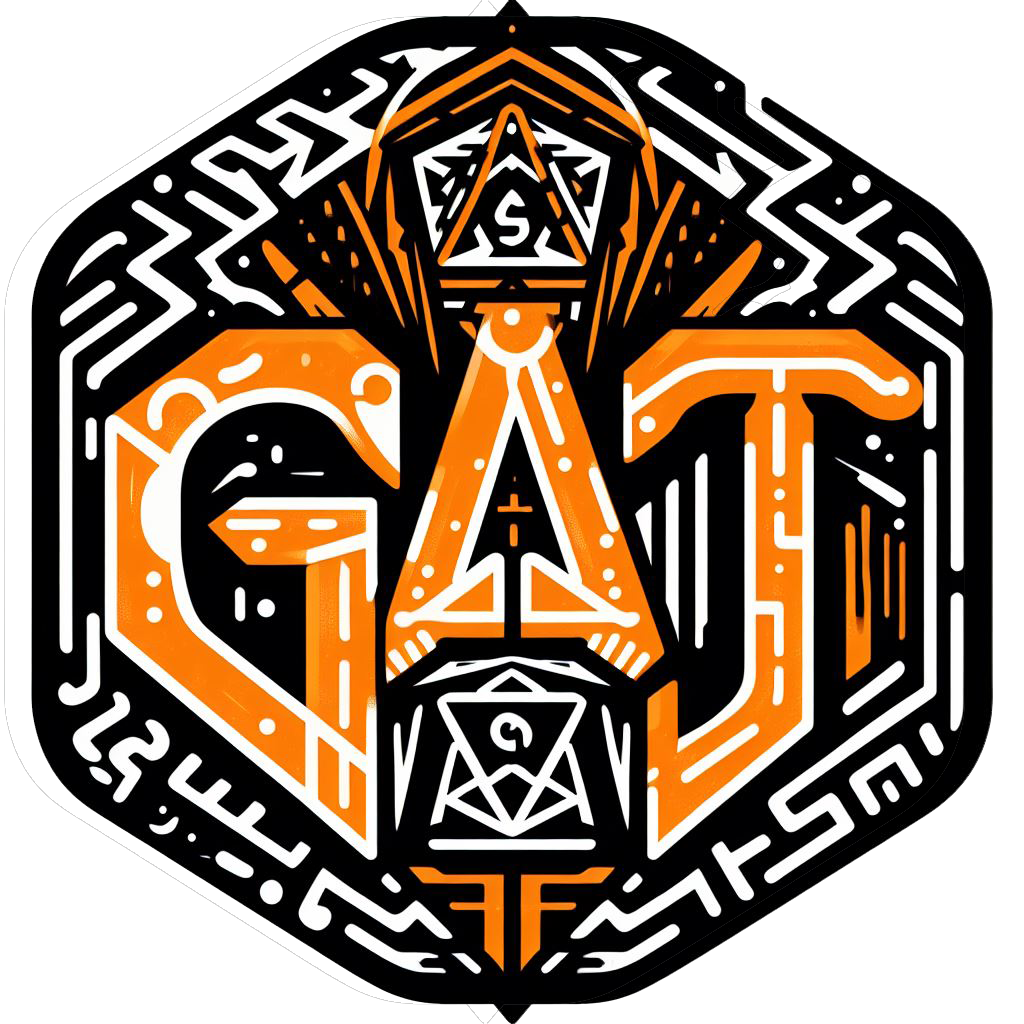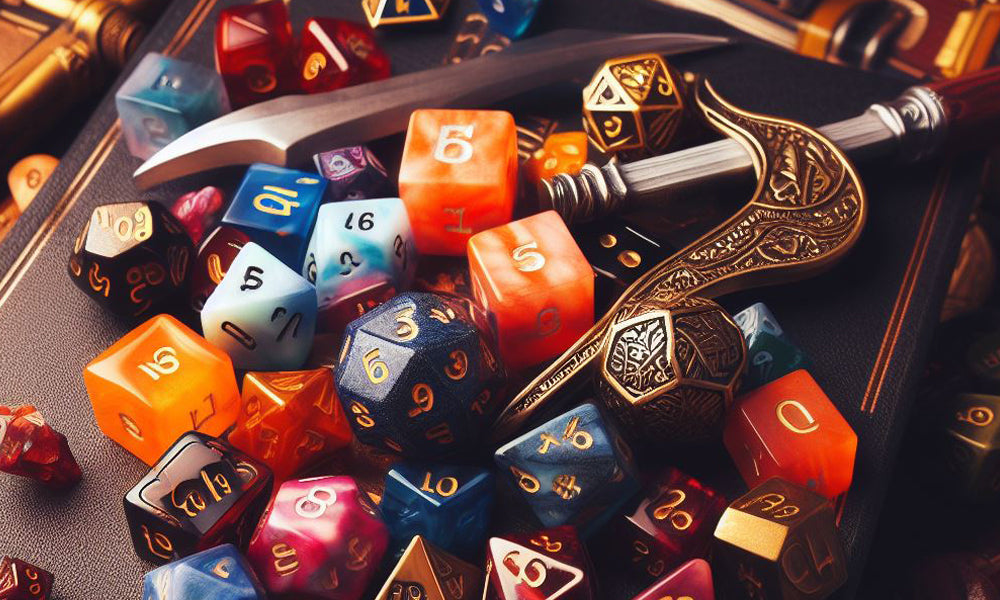Dungeons & Dragons (D&D) has captured the imaginations of tabletop gamers for decades, offering a unique blend of storytelling, strategy, and chance. Central to the D&D experience are the iconic polyhedral dice, each with a specific purpose in shaping the fate of characters and their adventures. If you're new to the realm of dungeons and dragons, you might be wondering just how many dice you need to embark on your own epic journey. In this guide, we'll explore the different types of dice, their roles in the game, and help you understand the ideal dice set for an immersive D&D experience.
Understanding the Basics
D&D utilizes various types of dice, each represented by a 'd' followed by the number of sides. The most common ones are the six-sided die (d6), used in many traditional board games, and the iconic 20-sided die (d20), which plays a pivotal role in determining the success or failure of many actions in the game. Other dice in the set include the four-sided die (d4), eight-sided die (d8), ten-sided die (d10), and the percentile die (d100).
Roles of Different Dice
d4 - The Dagger Die:
- The d4 is often associated with weapons that deal minimal damage, like daggers.
- It is frequently used when characters engage in close combat with smaller, less powerful weapons.
d6 - The Standard Die:
- This is the most familiar die for many gamers, commonly found in board games.
- In D&D, it's often used for basic damage calculations, particularly for standard weapons and minor spell effects.
d8 - The Longsword Die:
- Representing slightly higher damage potential, the d8 is commonly associated with longswords and other versatile weapons.
- Many character classes, such as fighters and paladins, use this die for their damage rolls.
d10 - The Ten-Sided Die:
- The d10 is unique in that it's often rolled in pairs to create a percentile die (d100).
- It's commonly used for determining damage in various weapons and specific class features.
d12 - The Greataxe Die:
- With its higher sides, the d12 is reserved for heavy-hitting weapons like greataxes.
- Barbarians and other heavy-hitting classes often rely on the d12 for their damage calculations.
d20 - The Core Die:
- The d20 is the heart of many D&D actions, serving as the primary die for determining whether an attack hits or a skill check succeeds.
- It plays a crucial role in shaping the narrative and unpredictability of the game.
Choosing the Right Dice Set
The ideal D&D dice set typically includes one each of the d4, d6, d8, d10, d12, and d20, along with a percentile die. However, it's not uncommon for players to have multiple dice of each type, especially d6 and d20, for faster gameplay and convenience. Some sets also include additional d10s for rolling damage in specific situations, such as spells that require multiple d10s.
Considerations for Dungeon Masters
Dungeon Masters (DMs) often have additional considerations when it comes to dice. In addition to the standard dnd dice, DMs may find it useful to have extra d20s for rolling multiple attacks or handling simultaneous events. A variety of dice can also enhance the storytelling experience, with different colors representing different monsters or factions.
The Importance of Quality Dice
Investing in a set of quality dice is essential for a satisfying D&D experience. Precision-made dice ensure fair and random rolls, reducing the likelihood of biased results. Many players have preferences for materials, with options ranging from classic opaque plastic to more exotic choices like metal or gemstone dice. Additionally, the aesthetic appeal of unique and thematic dice can add an extra layer of enjoyment to the game.
Expanding Your Collection
As you delve deeper into the world of D&D, you may find yourself drawn to specialty dice sets that cater to your character's theme or align with a particular campaign setting. Some players enjoy the tactile feel of metal dice, while others appreciate the vibrant colors of custom resin or acrylic sets. Collecting dice can become a hobby within the hobby, with countless designs and materials to explore.
Conclusion
In conclusion, the number of dice you need to play D&D depends on your personal preferences and playstyle. While a standard set comprising one of each type is sufficient for most players, having multiples, especially of the d6 and d20, can enhance the flow of the game. Dungeon Masters may find additional dice handy for managing complex encounters. Ultimately, the key is to invest in quality dice that not only ensure fair play but also add a touch of magic to your tabletop adventures. As you embark on your D&D journey, remember that the dice are not just tools but companions in the creation of memorable stories and epic quests. May your rolls be ever in your favor!



Leave a comment
This site is protected by hCaptcha and the hCaptcha Privacy Policy and Terms of Service apply.